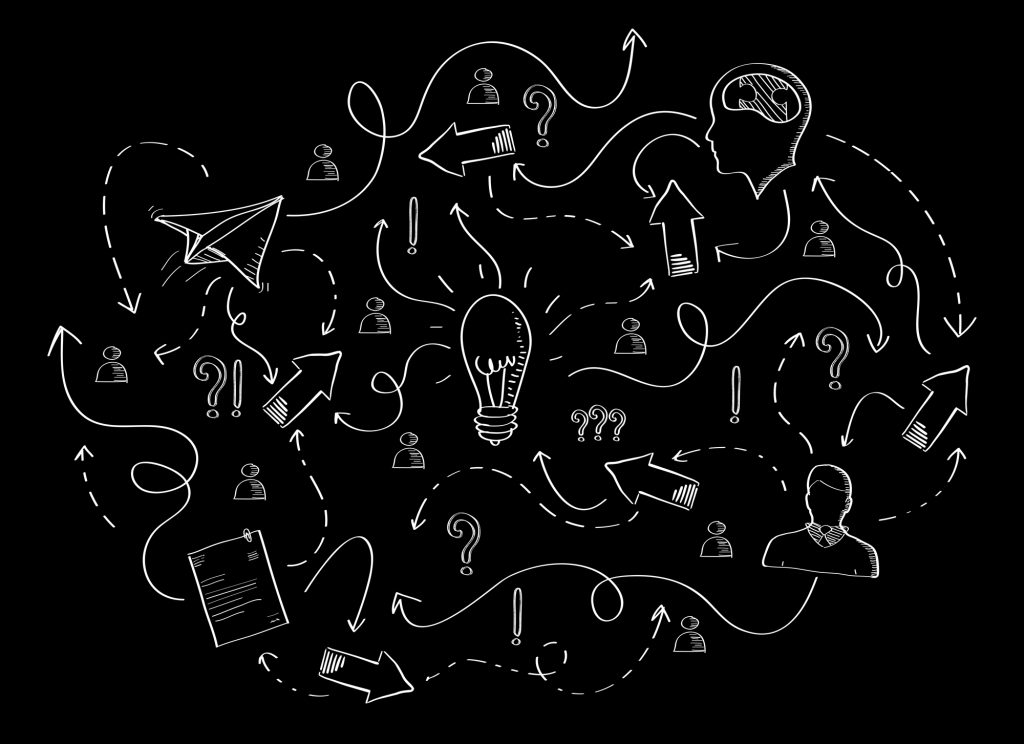
A good design brief is vital. It not only sets the tone of a project but it allows the design team to focus quickly on the task at hand. It could also cut out a lot of time, effort and importantly, revisions. In the first of our design mini-series, we wanted to share what we think are the 8 elements every good design brief should contain.
1. Background
Assumption is the mother of all mistakes and whilst you make think that a design team is familiar with your company it’s always a good idea to provide a little background or overview. Think about what your key products and services are, outline which markets you operate in currently and who your competitors are. You want to leave the designer with no doubt as to what you’re about.
2. Project summary
Hand in hand with a good background is a solid project summary. What’s needed? and why? are two very important questions that are often omitted from a brief. Ultimately if you can’t answer these questions at briefing stage then it’s likely a project is going to get locked in a cycle of numerous revisions.
3. Objectives
Put simply: an outline of what you are hoping to achieve from the design and what problem you’re trying to solve for your audiences. Perhaps less simply: how will you measure the success of this project?
4. Target audience
Provide an overview of who you’ll be aiming to reach with your new design; is this a new market or are you talking to your existing customer base? The more insight on your audience you can provide, the better; for example, a poster designed to appeal to a young, female audience is likely to be very different to one designed for a retired, mixed-sex audience.
5. Brand identity & existing assets
In a similar fashion to the background on the company, a designer needs to know what the brand is about and what its values are. Any already designed and existing assets should be provided and listed here including brand fonts & colour references. If it’s a rebrand or brand-repositioning that you’re briefing then it’s vitally important for a designer to understand who you are and what it is about that that you’d like to change.
6. Deliverables
Traditionally this is a list of your required items with as much detail as possible, including sizes and formats. Also, when considering the various media channels you’re going to use though, it might be prudent to provide a list of platforms. In much the same way that a physical flyer is different to a digital one, a Twitter ad is different from a Facebook one.
7. Timescales
Not too complicated…when do you need it by! Although, if there are any key milestones that you have, map those out as well.
8. Budget
Finally (and often a tricky question to answer) if you’re able to disclose budgets then its always helpful to know, even if it’s just a ball-park number, after all if you know you’re going to buy a Dacia, you wouldn’t your waste time visiting a Porsche showroom, and vice versa.
Further Reading
Interested to find out more? Why not look at some of our previous design work here or check out our latest blog all about designing a great logo here.